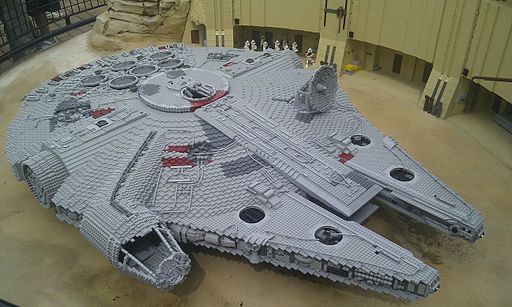If you’ve ever been poked on Facebook and wondered what it meant, this essay from Slate raises some interesting insights.
Over the years, the “poke” has taken on varied meanings in diverse contexts: a hello between acquaintances, a romantic gesture from an admirer, a discreet signal in the collegiate hookup scene. And, as Wickman writes, that’s exactly as Facebook intended it:
“When we created the poke, we thought it would be cool to have a feature without any specific purpose,” Facebook said. “People interpret the poke in many different ways, and we encourage you to come up with your own meanings.”
But this is about more than teenage culture and social trends; it’s a powerful reminder that, in the Digital Age, we are the true architects of the online platforms we inhabit.
Social media platforms give us the ability to write on others’ walls, to share messages in 140-character installments, to send ephemeral photographs. But we’re the ones who decide what those social interactions mean. We’re the ones who give life to the medium, establish a vision for it, and really define its purpose.
Twitter users, for one, are witness to this social evolution. What started out as a stream of consciousness and a minute-to-minute narration of our lived experiences has now become a digital hub for creation, curation, and conversation. Now, every academic conference and grand rounds presentation simultaneously takes place online. Formerly voiceless patients congregate online to self-advocate share their experiences. Physicians and scholars can bypass the traditional gatekeepers of content to shape the public health dialogue.
Jack, Biz, and co. didn’t do that. We did. And that means the opportunity—and challenge—to create channels for meaningful health dialogue is on us.
In recent weeks, as “Medical Media Arts Lab” has examined Stuart Hall’s Encoding-Decoding, we’ve discussed how social contexts influence the ways users decode the meanings that content creators (intend to) convey in their work. Facebook’s “poke” feature takes that a step further. When Facebook introduced a feature without an encoded meaning, it left a vacuum for users themselves to spontaneously construct that meaning. The social experiment of the titular Social Network speaks to the power we have to assemble social networks and build shared cultures. We can, and should, apply that power to digital health communication.
Today, the critical conversations about medicine and healthcare are happening not inside the walls of the clinic, but on the open frontiers of the Internet. With every new social media platform, ask, how is this an opportunity to transform medicine? How can we leverage these tools to engage patients, to connect with clinicians, to aggregate and critically evaluate information? It’s up to us to think bold and innovate big. In the 21st century, we have the power to define the medium and give it purpose, and our only barriers are our own perceptions of our limitations.
This post has been modified from the original version, available here.

![By Bryson Jack, Ministry of Information Photo Division Photographer [Public domain or Public domain], <a href="http://commons.wikimedia.org/wiki/File%3ABlood_Drying_Unit-_Processing_Blood_in_the_Laboratory%2C_Cambridge%2C_England%2C_UK%2C_1943_D16766.jpg">via Wikimedia Commons</a> Blood_Drying_Unit-_Processing_Blood_in_the_Laboratory,_Cambridge,_England,_UK,_1943_D16766](http://www.medicalfutureslab.org/wp-content/uploads/2013/04/Blood_Drying_Unit-_Processing_Blood_in_the_Laboratory_Cambridge_England_UK_1943_D16766.jpg)





